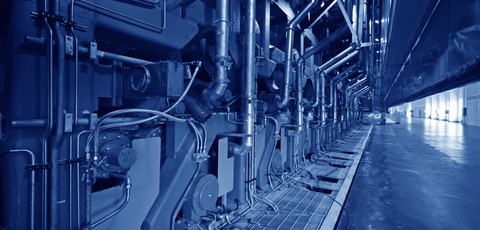If you purchase an asset through your company (such as a new PC), the cost of the asset is written off over a period of time, unlike a business expense. So, how are capital assets treated in the company accounts?, and what are capital allowances used for?

Accounting for capital assets
Unlike low-value standard business expenses, higher value company purchases (such as office equipment) are held as assets on the company’s balance sheet, with their value depreciated over time, reflecting the value of the asset to the company over its lifetime, rather than its resale value. The depreciation charge appears on the company’s profit & loss account as an annual expense.
Company assets are not tax-deductible, and the depreciation charge is not allowed for tax purposes. Instead, a system of ‘capital allowances’ exists which enables companies to obtain tax relief on the value of purchases subject to various limits and conditions.
Capital allowances can be claimed by all types of business – sole traders, partnerships, and limited companies. If you’re self-employed, you will account for capital allowances via your personal tax return (if a sole trader), or partnership tax return (if you’re a member of a partnership). If you’re a company director, your accountant should make any claims via the company’s tax return.
Capital allowances – qualification rules
For most of our readers, the main type of capital allowance that will apply is for ‘plant and machinery’ items, which includes almost all business-related equipment, such as computers, office furniture, and machinery. The notable assets not covered by the capital allowance rules are cars, land, and buildings.
Various conditions apply before you can claim the allowance:
- They must be assets used by the business on an ongoing basis, not goods purchased for resale.
- The asset must be expected to serve a useful purpose for at least 2 years.
- The asset must be used purely for business purposes.
The percentage capital allowance will vary according to the type of business expense. Some expenditure qualifies for 100% relief (to encourage businesses to invest) – for example, spending on energy-saving, and environmentally-friendly equipment, or the purchase of low-emission cars.
Annual Investment Allowance
Assets which fall under the definition of ‘plant and machinery’ (including office equipment) receive 100% tax relief against your company’s profits for tax purposes, on the first £200,000 (tax year 2018/19) of qualifying expenditure.
Further Information
The way capital allowances are accounted for are relatively complex, so make sure you talk to your accountant before making a significant investment in business equipment.
For a complete guide to capital allowances, what is (and what isn’t) qualifying expenditure, and the various allowances available aside from the AIA, read this HMRC guide.
More on small business tax rates.


Follow Company Bug